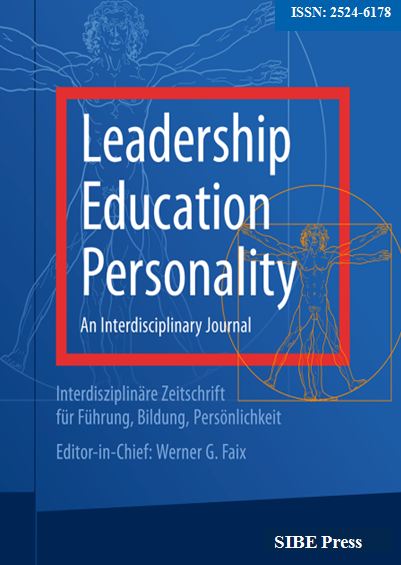Emerging Concept of Dyslexia with Reference of Akhil Katyal’s poem Dehradun (2019) and Taare Zameen Par (2007)
DOI:
https://doi.org/10.1366/1s11m827Abstract
Poetry is the oldest genre of literature. Contemporary poetry is a type of poetry that adheres to a precise set of characteristics and literary tools: uneven metre, variations on traditional rhyme. Poets write in this technique allow their ink to imbue the words with a distinct feeling of self. Akhil Katyal is one of those poets who reflected his self in the poem “Dehradun 1990”. Akhil katyal is contemporary Indian poet, translator and queer activist. He is one of the most influential voices of young generations. He writes about human disabilities, as well as physical, psychological, and behavioral abnormalities. In his poem Dehradun,1990 Katyal has shared his speech problem in childhood that is very common. My paper is an attempt to discuss the problem of Dyslexia (learning disability) in little children, and I am inquisitive to share the speech problems and learning disability in children with certain factors behind it. Children with dyslexia have substantially poorer learning capacities than their non-affected peers of the same age. Problems usually started to surface in the early school years. The root cause of dyslexia, a complex multidimensional disorder that has resulted in significant social and economic burdens, is still unknown. The field of dyslexia research has advanced over the past few years. Several studies have revealed a strong genetic component to dyslexia, which may impact the structure and function of the brain. In the age of technology with the advancement of it there are certain negative impacts too which cannot be ignored or avoided.







